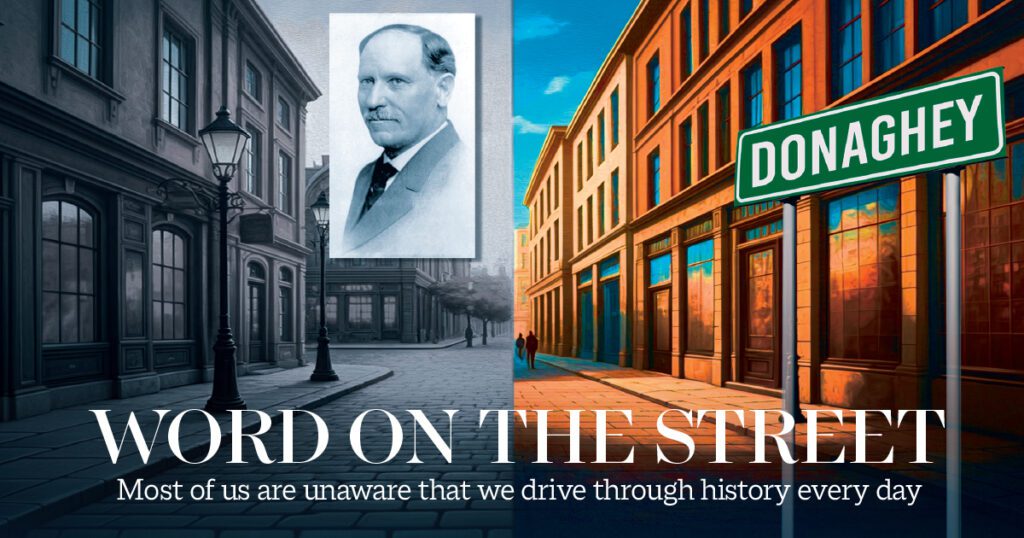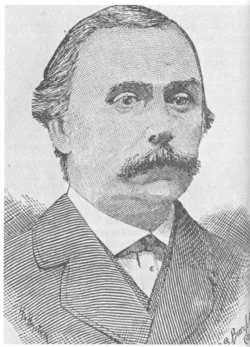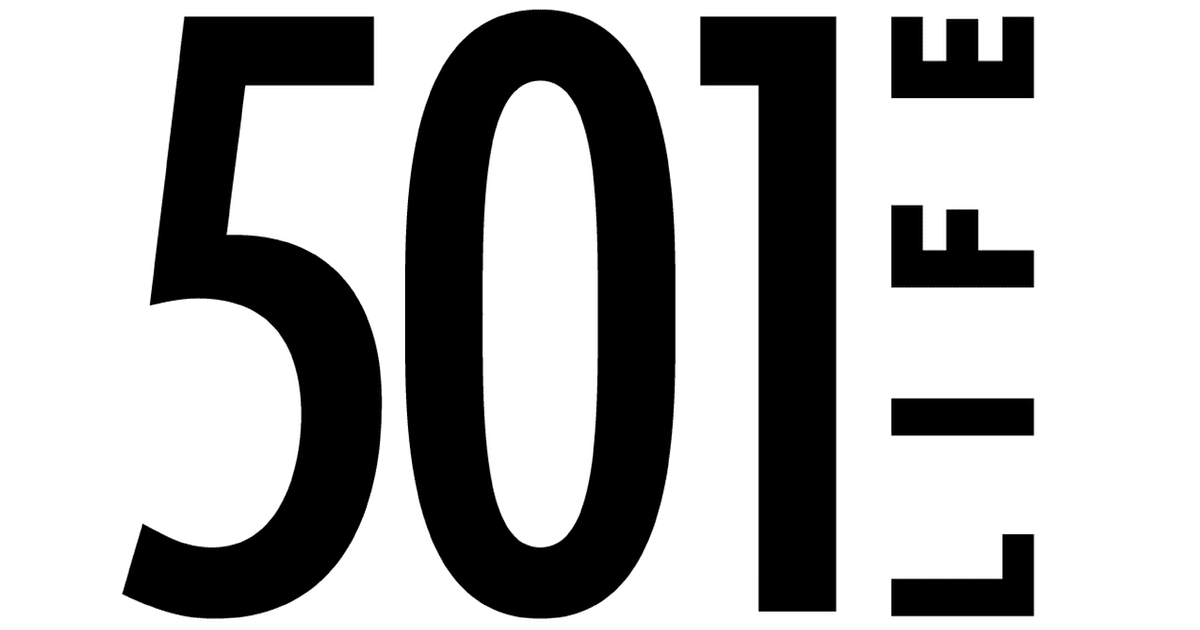30 Mar 2025 Word on the street
By Vivian Lawson Hogue
“When I am lost trying to locate a new subdivision, I cannot help but be reminded of earlier years of knowing nearly all the streets in Conway. They were either a street, an avenue or a boulevard. We knew houses and who lived in them, and many homeowners tended to live in one home all or much of their lives. Our concrete or oiled dirt streets seemed to last eternally because we had little traffic and no massive trucks with tonnage headed for new places that I can’t find!

Some residents were fortunate enough to live on a “rural route” in the western part of town where fields of yellow tickweed bloomed and cows grazed. Out there was the fresh air that created memories with fragrance. The cows and fields of flowers are gone now, replaced by businesses and more roundabouts than a mockingbird has songs. The street names now include “circles,” “lanes,” and names like “Wiggleworm Road.” One street should be pronounced “Fah-ver” Street for the Favre family. When the famous Favre football player pronounced his name “Farve,” it likely created havoc for UPS.
The town of my youth was a community with city limits of Gist Street to the north, Western Avenue to the west, Robins Street to the south and Ingram Street to the east. One could ride a bicycle from one end of town to the other in a short period. As a child I remember a man who rode his bike from the east side to UCA to work, then back home. I wouldn’t be surprised to hear he’s still living and owns a fitness center.
So many of our old streets have names that significantly recognize the town founder, Col. Asa Peter Robinson, who arrived in 1871. From research, my own memories, and a street name history written by Constance Mitchell in 1955, I will share a few.
Ada Avenue was named for the wife of a Mr. Smith, who worked with Mr. Gus Bahner while platting the Donaghey Addition. As they worked, Mr. Bahner pointed at the map and said, “Then we’ll call this street “Augusta” for my wife.”
Donaghey was named for Conway’s own George Donaghey, who became Arkansas’s governor in 1909. Bruce Street was named for Col. George Washington Bruce, a prominent lawyer, newspaper owner and landowner who was instrumental in bringing our three colleges to Conway. He built my own home for his son as a wedding present. His 1895 mansion, the first two-story brick home in town, was across the street. It was eventually razed decades later due to owner-neglect.

Caldwell Street was named for a young, prominent attorney of the early 1870s. He was accidentally killed when he got in the path of a bullet from feudists who were shooting it out on the courthouse grounds. At the suggestion of friends, Robinson named the street for him. College Avenue was so named because it bordered Central College (now Central Baptist College).
With “roundabouts” unknown in most of the United States and Conway’s history, the next best idea was a semicircle. Conway Boulevard was originally planned to have one edging the residential district on the south side of town. However, when the town became large enough for the houses to be numbered, the addresses became hopelessly confusing. They still are.
Deer Street reflects Col. Robinson’s fondness for the forest animals in the plains of Conway. A natural salt lick existed east of the railroad that attracted deer, some who swam the Arkansas River to get to it.
Factory Street received its name in the early 1880s when a co-op planned a cotton-spinning mill. A two-story building was constructed, but it burned before machinery was installed.
Harkrider Street was named for Capt. James Harkrider, a Confederate veteran who owned much land. He contributed generously to securing Hendrix and Central Colleges.
Ingram Street was named for John Ingram, who owned a large farm that included the land where the former airport was located.
Mill Street was the location of a gin and grist mill owned by William Ingram. Parkway Street was once called Railroad Avenue but became Parkway in 1950.
Robins Street was named for Frank E. Robins, Sr., the first owner and editor of the Log Cabin Democrat. Robinson Avenue was appropriately named for Col. Robinson. Van Ronkle Street recognized Joe Van Ronkle, a prominent Jewish merchant who owned a general store on Front Street.
There are many other street names, of course, some named for U.S. Presidents, local citizens, and some for trees, most of which are now rarities, such as Locust, Elm, Walnut, Pine, Chestnut, Willow and Ash. Col. Robinson built a house, then a town, personalizing all as he went. Those square city blocks are great for getting somewhere and finding your way back home. Thanks, Col. Robinson, for a navigable era!
- And that’s what Christmas is really all about - December 2, 2025
- Giving thanks - November 4, 2025
- Giving up was not an option - September 30, 2025








